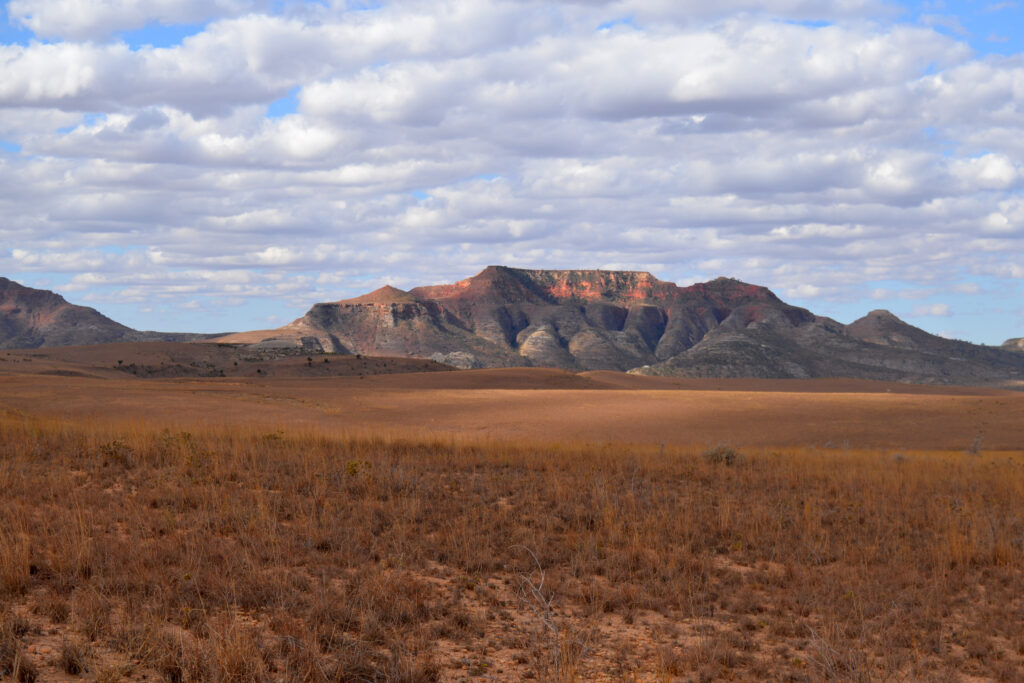
Sapphire Mining in Madagascar
Madagascar’s gemstones are as diverse and beautiful as its flora and fauna. Its sapphires likely formed 550-650 million years ago while the island was still part of the supercontinent of Gondwana. Approximately 150 million years ago, Madagascar separated from the African continent. The island remained connected to the Indian tectonic plate until 80 million years ago when India moved northward to ultimately collide with the Eurasian plate, creating the Himalayas and that region’s younger sapphires 40-50 million years ago.
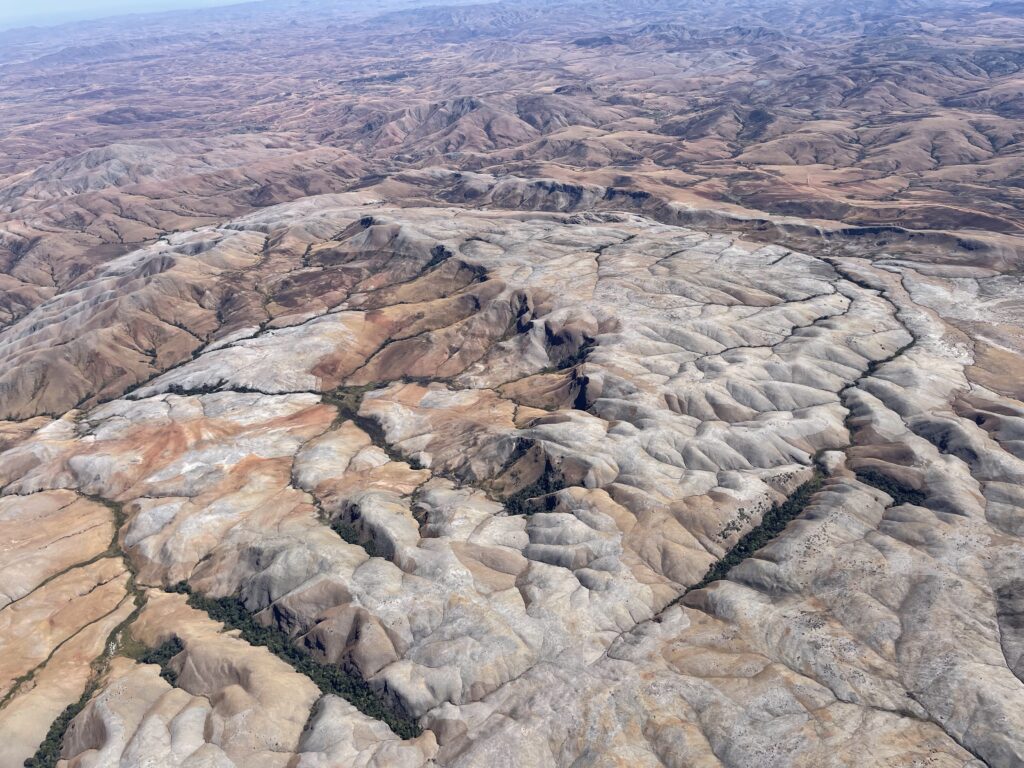
The presence of gemstones on the island was discovered approximately 200 years ago, and has since become recognized as a major source of sapphire, ruby, aquamarine, morganite, emerald, tourmaline, garnet, sphene and many other gems. In 1998, the Southern town of Ilakaka gained international attention as the source of one of the largest alluvial deposits of sapphires ever discovered. For the next decade, Madagascar overshadowed Sri Lanka and Thailand as the highest producer of sapphires. Artisanal production today has been significantly diminished due to the consequences of the pandemic, and large scale mining operations have been hindered by dramatic fuel cost increases.
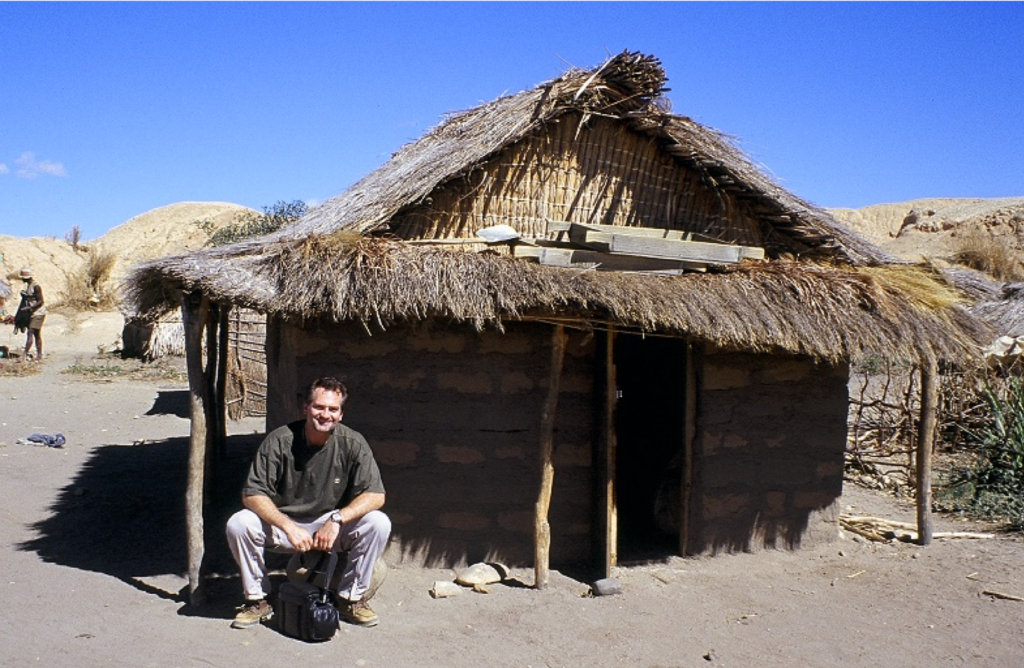
Edward at artisanal miner’s hut in Banc Suisse, Ilakaka, Madagascar in 2003
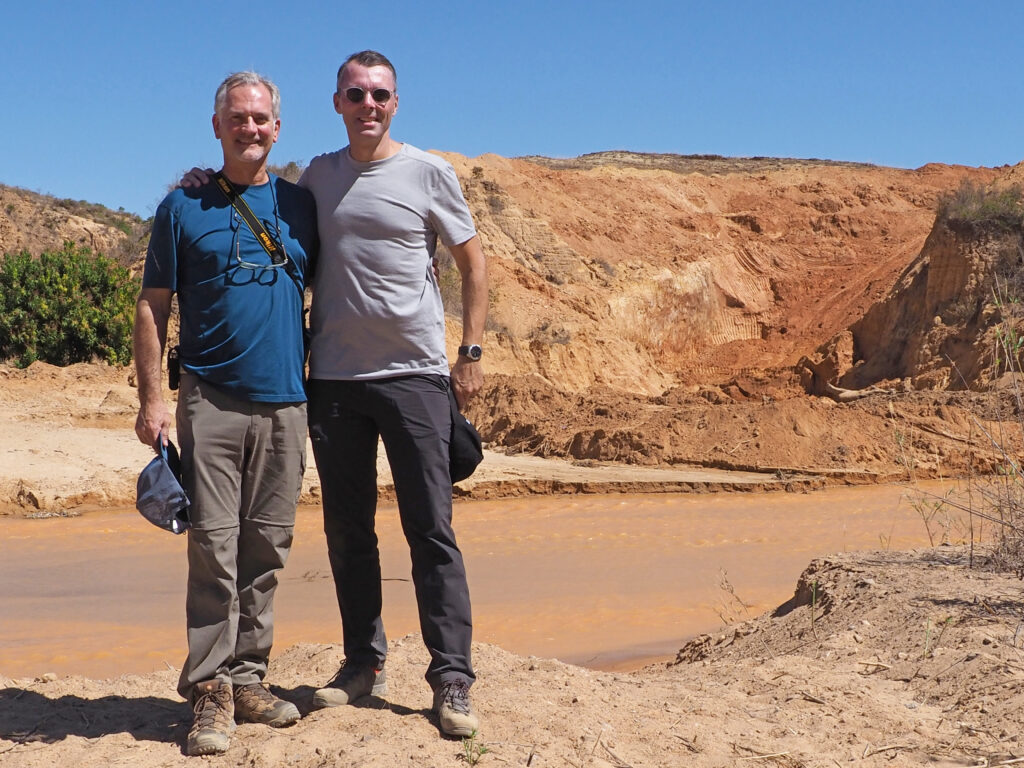
Edward with his cousin, Raphael Gübelin, in Ilakaka, Madagascar in 2022
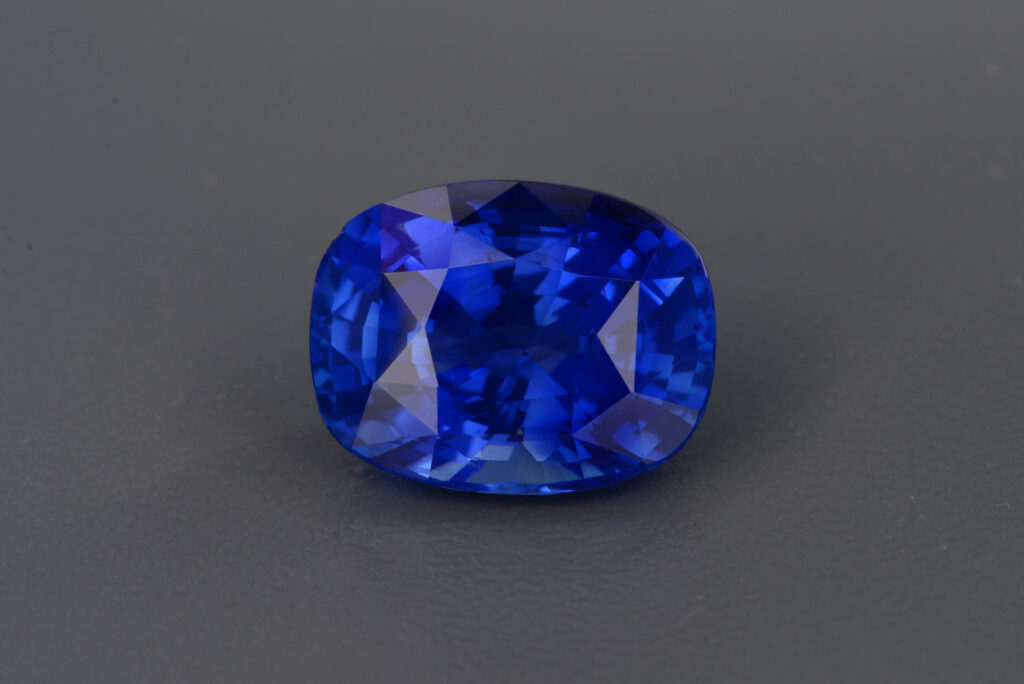
10ct Blue Sapphire from Madagascar
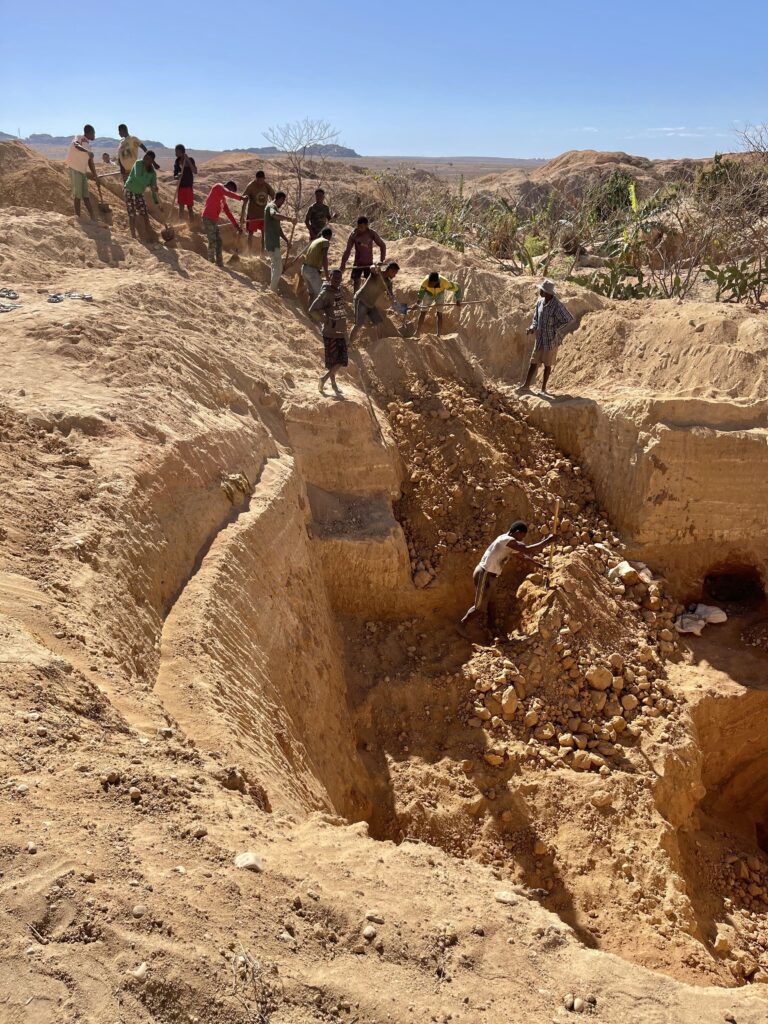
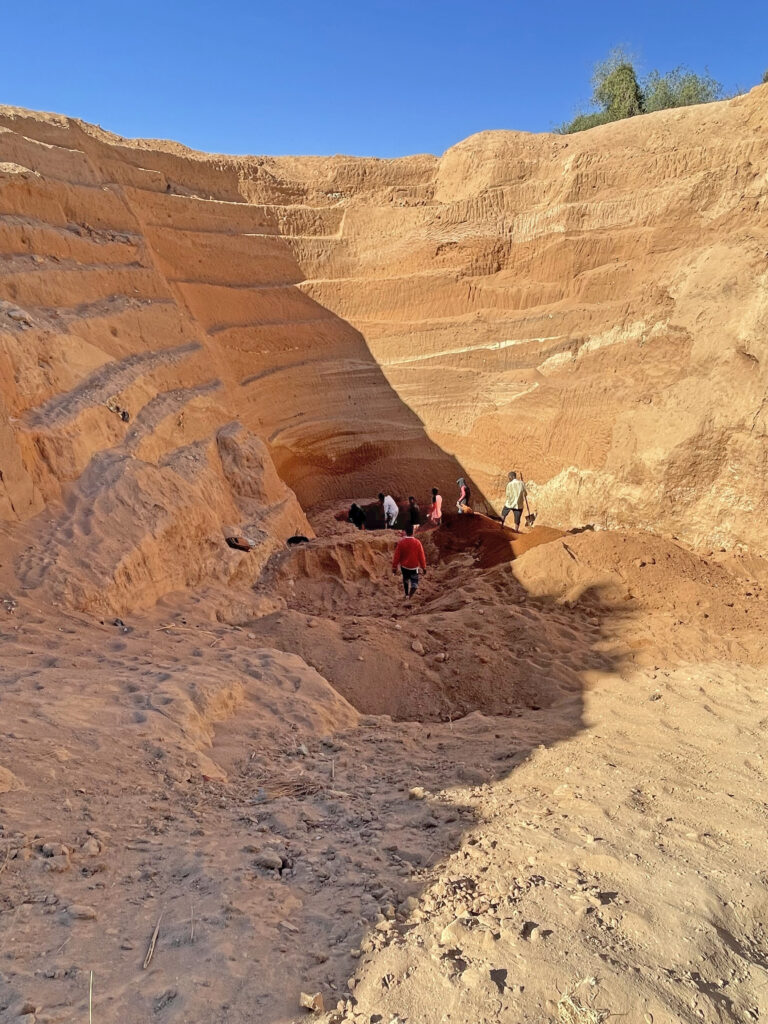
On a recent trip to Madagascar, I was able to revisit some of the mines in the Ilakaka mining area that I had been to on previous trips. Not much has changed in the last 20 years aside from the presence of a few large-scale mining ventures. Artisanal mining by hand is still the primary method for recovering gem material at depths down to approximately 50 meters. In the above two images, miners are removing overburden to expose the gem-bearing layer known in Malagasy as Lalam-Bato, or “the way of stones”.
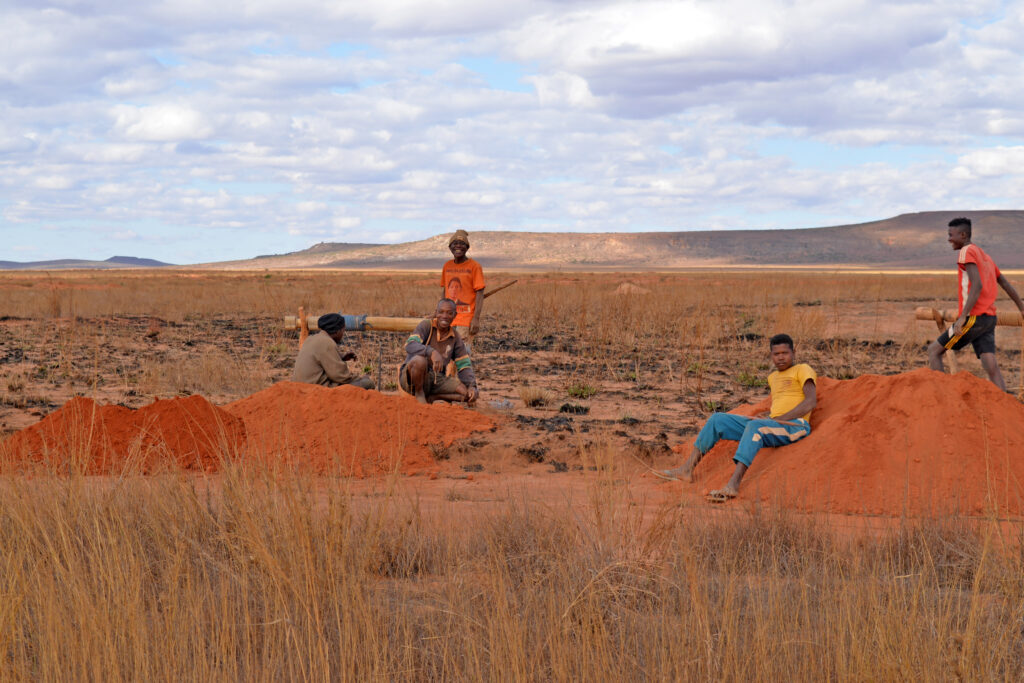
Artisanal miners with their windlasses set ready to retrieve buckets of gem bearing gravel through a narrow 2-foot wide shaft
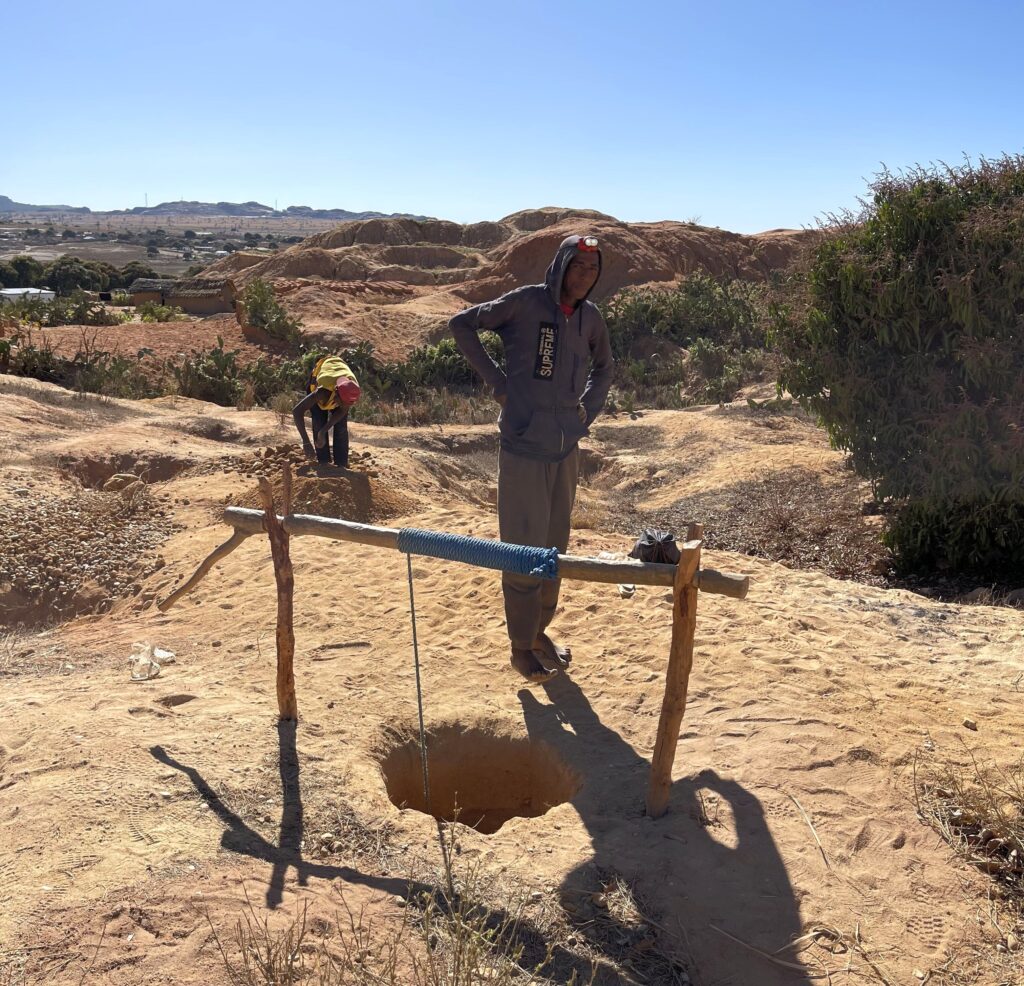
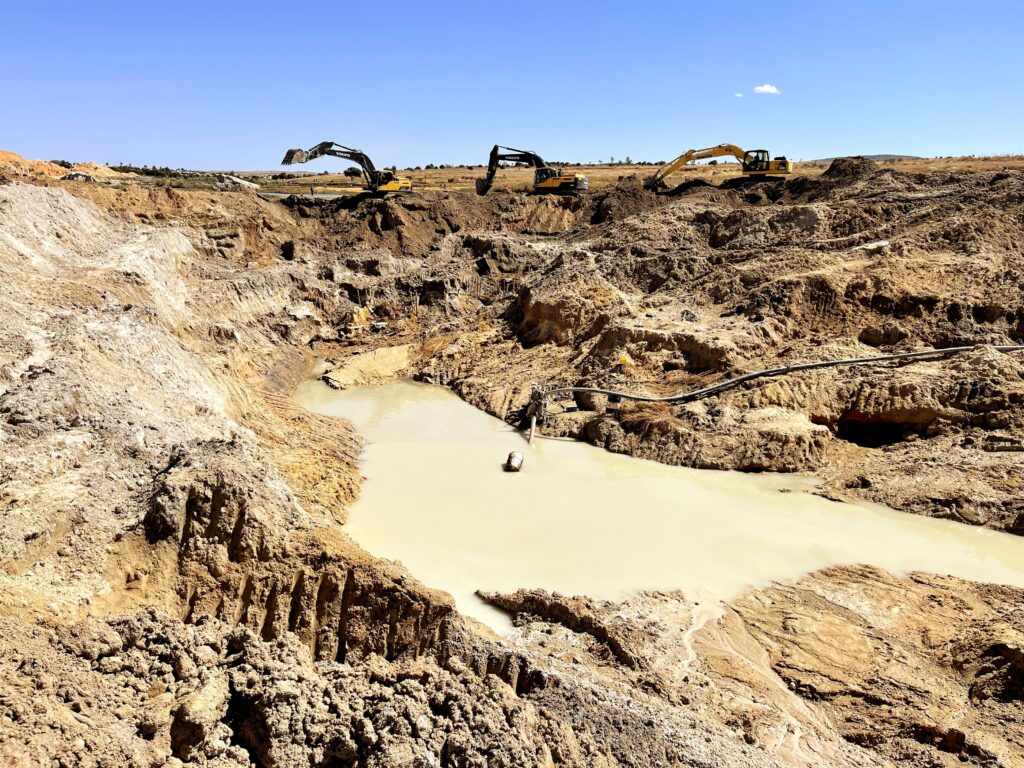
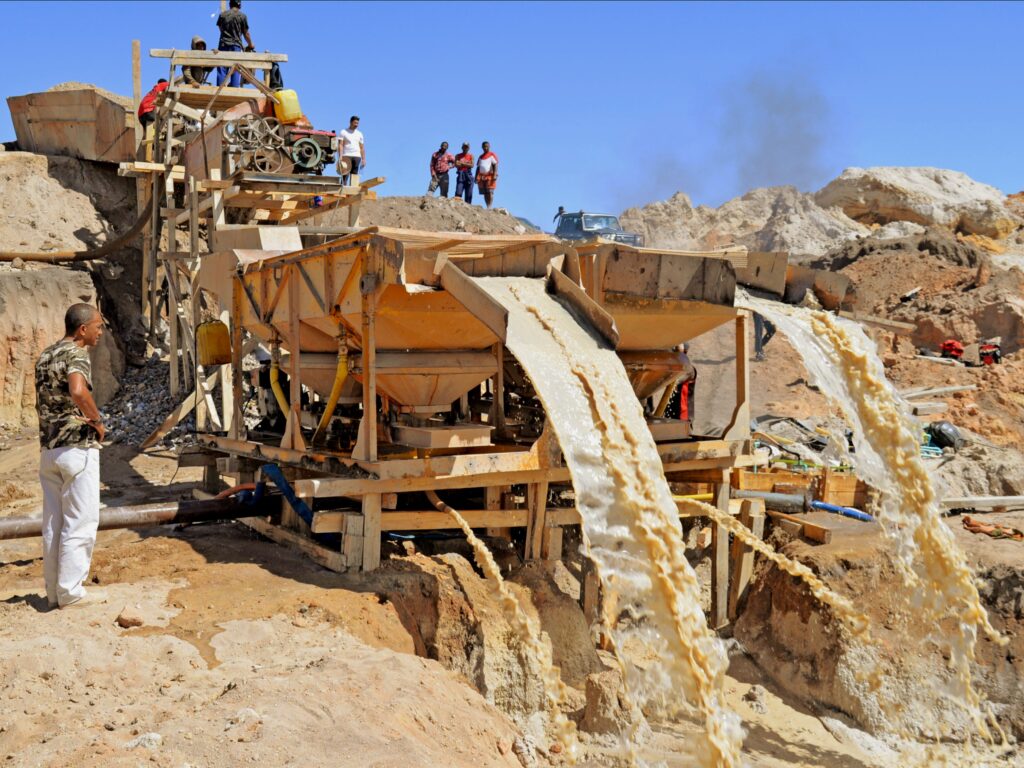
Though not as common, large-scale mining equipment such as the excavators and washing plant in the photos above are becoming increasingly more necessary to recover the ever more elusive gem gravel.
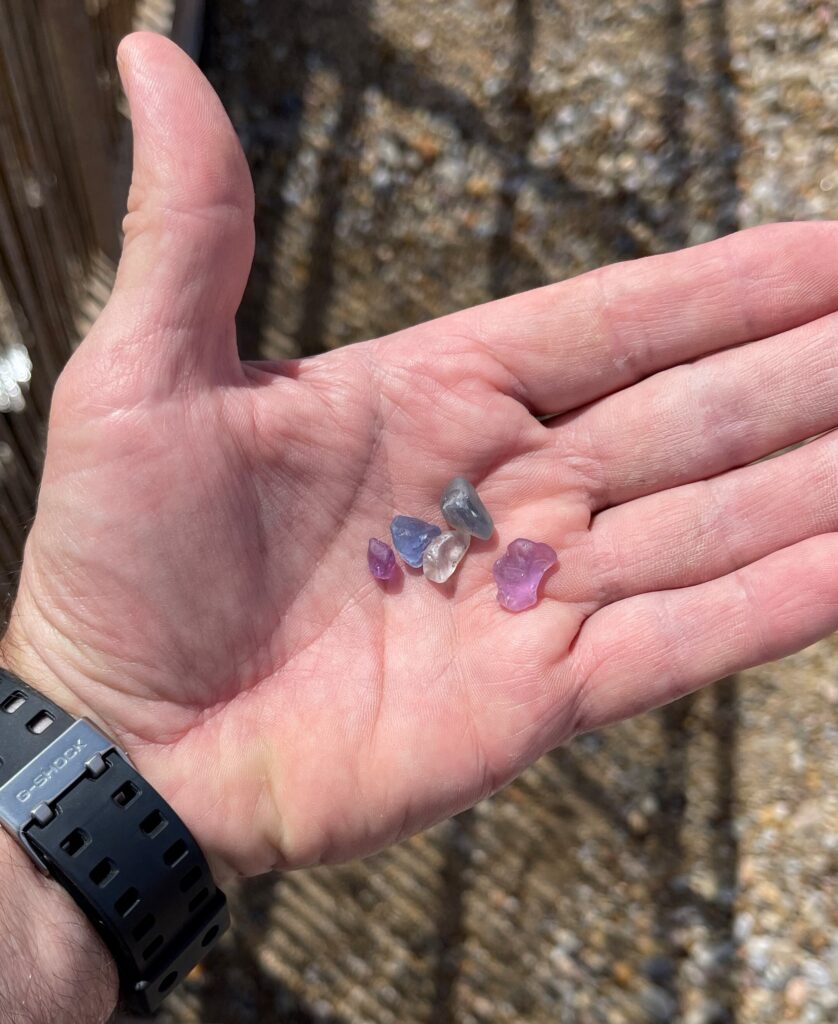
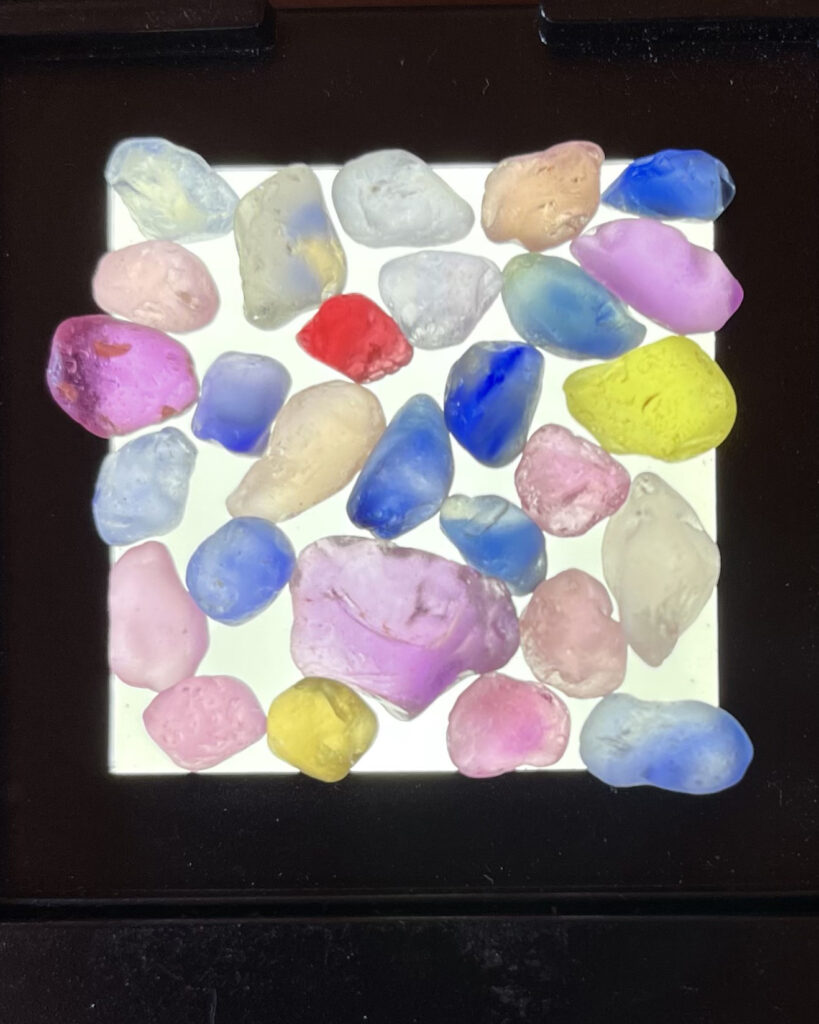
In our 5 days in and around Ilakaka, the production we saw consisted of mostly smaller blue and pastel colors of sapphire, along with chrysoberyl and spinel. The rough depicted above would yield finished gems ranging from 0.50ct-3.00ct
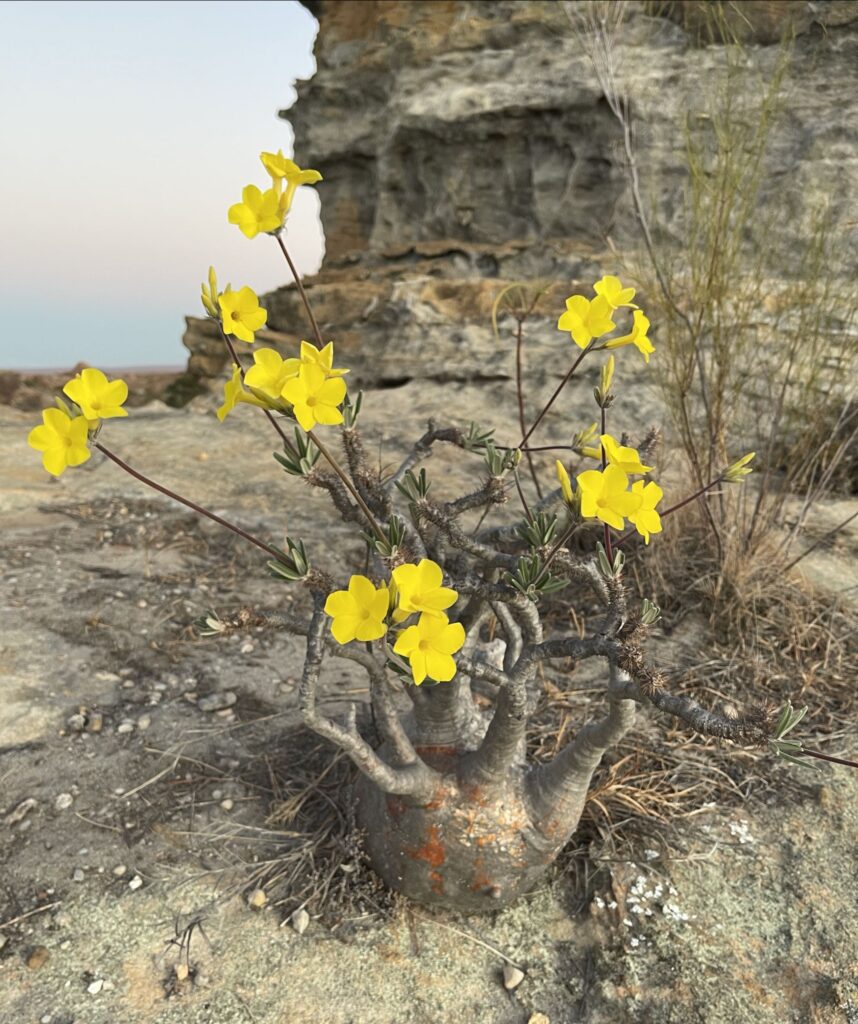
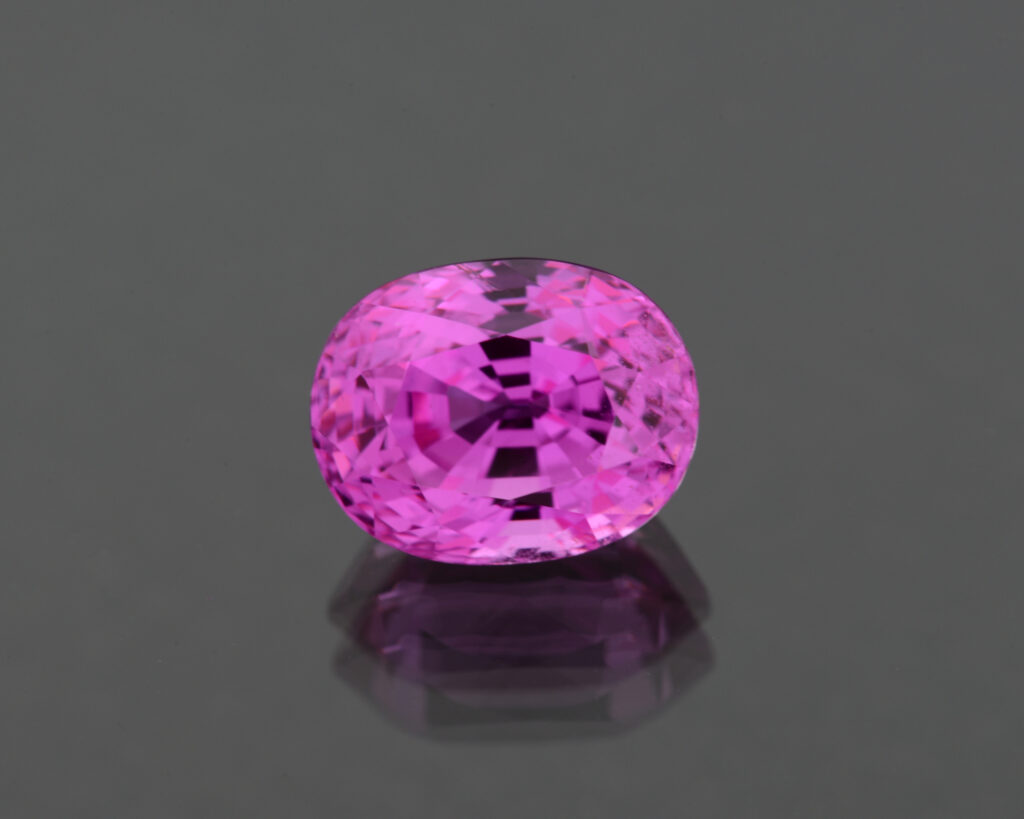
4ct Pink Sapphire from Madagascar
The focus of my trip to Madagascar was to work with Gübelin Jewelry on its transparent sourcing endeavors, and to better understand the current mining conditions in Madagascar. We visited mines in and around Ilakaka, and in the north near Antetezambato.
The purpose of the trip was also to strengthen their existing partnerships and seek out new sources that adhere to Provenance Proof initiatives, which enables the step-by-step documentation of the supply chain in a secure blockchain. The chronology of production and custody of ownership are paramount to Gübelin’s goals to provide its customers full transparency of the journey of the gems featured in their jewelry.
For more information about Provenance Proof, click here to visit their website.


P.S. This giant tortoise is almost 200 yrs old!